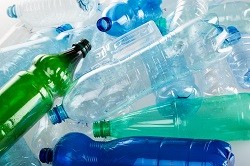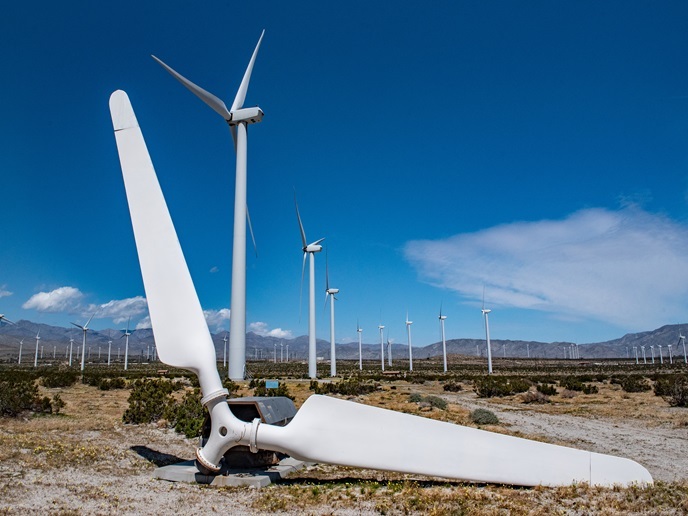Bio-products from legume waste
The LEGUVAL project team, led by Spanish engineering company IRIS, was spurred into action by the three million tonnes of legume waste European companies produce every year. This mountain of waste — the residues from processing peas, beans and lentils — is generally given away for use as animal feed. ‘Our starting point was: is there some way we can monetise that waste?’ says Edurne Gaston Estanga, LEGUVAL project coordinator and project manager at IRIS. ‘Can we offer something to industry which can allow this to be used?’ After studying current practice in the legume processing sector and analysing the needs of the plastic industry, LEGUVAL set out to explore what can be done. First the team developed a method for extracting proteins from pea waste, producing a green powder with a degree of purity of almost 80 %. They experimented with using the proteins to produce a new kind of biodegradable coating. ‘The idea was to combine this coating with plastic to have a multilayer system with the right qualities to be suitable for food packaging,’ says Dr Gaston Estanga. The results were encouraging – producing coating film material with barrier properties which performed 7–10 times’ better than conventional PET. As well as protecting food efficiently, this would provide a more sustainable alternative to fuel-based plastics. Biodegradable plant pots The LEGUVAL team used the protein to develop new biodegradable plastic materials. Slovenian organisations Tehnoloski Center POLI-EKO and Bokri used their normal processes and equipment to produce items such as semi-soft plastic trays for fruit packaging or thermoformed trays for catering with a dry processing technique. Biodegradable plant pots for use in agriculture were the most successful — ‘when you put these pots into the soil, you can leave it in the earth and over time it will completely biodegrade,’ says Dr Gaston Estanga. Using standard extrusion and injection moulding technology was important to demonstrate product feasibility. The next step was to extract the fibre in the lab and mix it with different additives to produce new bio-composites with up to 40 % fibre content. The LEGUVAL team tried producing catering equipment such as spoons and trays, as well as lightweight automotive parts, although in the latter case the plastic was not strong enough. The final fraction of the biomass was evaluated as a source of biogas in both batch and continuous modes. Testing the leftover waste as a source of bioenergy was a way of completing the cycle and achieving maximum valorisation. ‘Even this fraction, which people would say is useless, can be used,’ says Dr Gaston Estanga. Money for nothing Plastic converters at demonstration events in Italy, Spain and Slovenia have shown interest in the results. ‘We are offering them a solution with improved properties as there is a lot of demand from the public for producers to go bio,’ says Dr Gaston Estanga. Other beneficiaries could be legume processers who could earn money from something that is currently discarded, consumers concerned about their environmental footprint and end users in sectors such as agriculture. The missing link, which could slow down take-up, is the lack of processed materials. ‘There is interest from Italian companies, but currently no one is producing the protein on a commercial scale,’ concludes Dr Gaston Estanga.







